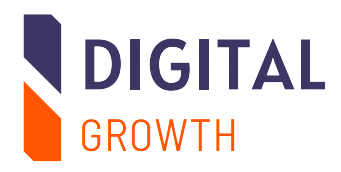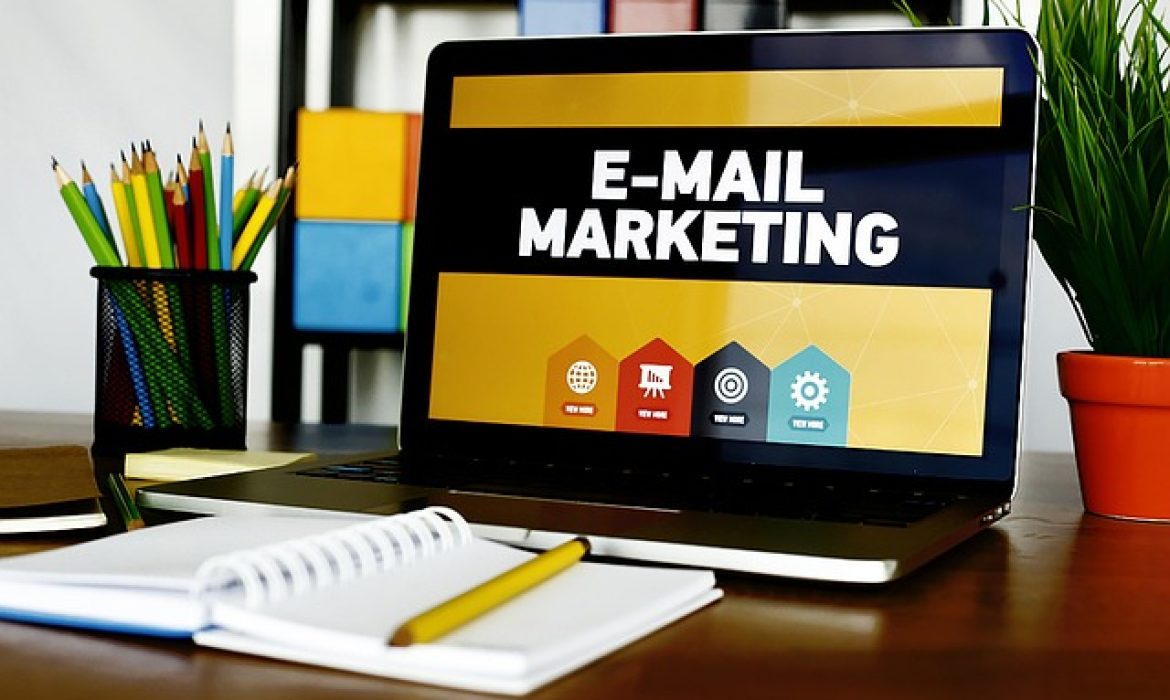Maximizing Your ROI with Pay-Per-Click (PPC) Advertising: A Guide to Creating Effective Campaigns
Pay-per-click (PPC) advertising is a powerful tool for driving traffic, leads, and conversions for your business. However, with so many channels and tactics to choose from, it can be challenging to know where to start. In this blog post, we’ll provide a guide to creating effective PPC campaigns that maximize your return on investment (ROI).
Define Your Campaign Objectives
The first step in creating an effective PPC campaign is to define your objectives. What do you want to achieve with your campaign? Are you looking to drive traffic, generate leads, or increase sales? Define your goals and align your tactics to achieve them.
Conduct Keyword Research
Keyword research is essential for creating effective PPC campaigns. Conduct research to identify the keywords and phrases that your target audience is searching for. Use tools such as Google Keyword Planner to identify high-traffic, low-competition keywords that are relevant to your business.
Create Compelling Ad Copy
The ad copy is the first impression that your target audience will have of your brand, so it’s essential to make it compelling and engaging. Use action words, speak directly to your audience, and highlight the benefits of your products or services. Make sure your ad copy aligns with your campaign objectives and includes a clear call to action.
Use Effective Landing Pages
The landing page is where your target audience will land after clicking on your ad. It’s essential to create landing pages that are relevant, engaging, and optimized for conversions. Use A/B testing to experiment with different designs and content, and track your results to improve your landing page’s effectiveness.
Monitor and Adjust Your Campaigns
Monitoring and adjusting your campaigns is essential for maximizing your ROI. Use analytics tools to track your campaigns’ performance and identify areas for improvement. Experiment with different ad copy, landing pages, and keywords to optimize your campaigns for better results.
In conclusion, PPC advertising is a powerful tool for driving traffic, leads, and conversions for your business. By following these tips for creating effective PPC campaigns, you can maximize your ROI and achieve your business objectives. Remember to define your campaign objectives, conduct keyword research, create compelling ad copy, use effective landing pages, and monitor and adjust your campaigns for continuous improvement. Happy advertising!
5 Essential Strategies for Creating a Successful Digital Marketing Campaign
Digital marketing has become an essential part of any successful marketing strategy. With so many channels and tactics to choose from, it can be overwhelming to know where to start. In this blog post, we’ll outline five essential strategies for creating a successful digital marketing campaign.
Define Your Goals and Target Audience
The first step in any marketing campaign is to define your goals and target audience. What do you want to achieve with your campaign? Who is your ideal customer? By defining these factors, you can tailor your message and tactics to reach your target audience and achieve your goals.
Develop a Comprehensive Content Strategy
Content is king in digital marketing, and a comprehensive content strategy is essential for success. Develop a content calendar that outlines the types of content you’ll create, the channels you’ll use, and the topics you’ll cover. Make sure your content is relevant, engaging, and adds value to your audience.
Use Social Media to Amplify Your Message
Social media is a powerful tool for amplifying your message and reaching a wider audience. Choose the social media platforms that are most relevant to your audience and develop a strategy for creating and sharing content. Engage with your followers, participate in conversations, and use paid advertising to increase your reach.
Optimize Your Website and Landing Pages
Your website is the hub of your digital marketing campaign, and it’s essential to optimize it for success. Use search engine optimization (SEO) tactics to improve your website’s visibility and ranking in search results. Develop landing pages that are optimized for conversions and use A/B testing to improve your results.
Measure and Adjust Your Campaigns
The final step in creating a successful digital marketing campaign is to measure and adjust your tactics. Use analytics tools to track your campaigns and measure key performance indicators (KPIs) such as traffic, engagement, and conversions. Use the data to make informed decisions about adjusting your tactics for better results.
In conclusion, digital marketing is an essential part of any successful marketing strategy. By following these five essential strategies, you can create a comprehensive and effective digital marketing campaign that reaches your target audience, drives engagement, and achieves your business goals. Remember to define your goals and target audience, develop a comprehensive content strategy, use social media to amplify your message, optimize your website and landing pages, and measure and adjust your campaigns for continuous improvement.
The Art of Email Marketing: How to Craft Effective Emails that Drive Engagement and Conversions
Email marketing is a powerful tool for businesses of all sizes to connect with their target audience, build brand awareness, and drive conversions. However, with inboxes overflowing with promotional emails, it’s important to know how to create effective emails that stand out and capture the reader’s attention. In this blog post, we’ll discuss the art of email marketing and provide tips for crafting emails that drive engagement and conversions.
Start with a Strong Subject Line
The subject line is the first thing your reader sees when they receive your email, so it’s important to make it compelling and attention-grabbing. A strong subject line should be clear, concise, and relevant to the content of the email. Use action words, personalize the subject line with the recipient’s name, and consider using emojis to make it visually appealing.
Segment Your Email List
One size doesn’t fit all when it comes to email marketing. Segmenting your email list allows you to send targeted messages to specific groups based on their interests, behavior, or demographics. This personalization can significantly increase engagement and conversions. Consider segmenting your list based on past purchases, location, or browsing behavior.
Keep it Short and Sweet
Most people receive dozens of emails a day, so it’s important to make your message clear and concise. Keep the body of the email short and to the point, with a clear call-to-action. Use bullet points or numbered lists to break up the text and make it easier to read.
Make it Visually Appealing
Visuals are a powerful tool in email marketing, as they can grab the reader’s attention and convey information quickly. Use high-quality images and graphics to support the message of your email. Consider adding a video or animated GIF to make it more engaging.
Optimize for Mobile
More than half of all emails are opened on mobile devices, so it’s crucial to optimize your emails for mobile viewing. Use a responsive email design that adjusts to different screen sizes, and keep the content and images appropriately sized for mobile devices. Test your emails on different devices to ensure they look great on all screens.
Test and Track Results
Testing and tracking the performance of your emails is essential for improving engagement and conversions. Experiment with different subject lines, calls-to-action, and visuals to see what resonates with your audience. Track metrics such as open rates, click-through rates, and conversions to measure the success of your campaigns.
In conclusion, email marketing is an essential part of any digital marketing strategy. By following these tips for crafting effective emails, you can increase engagement, drive conversions, and build stronger relationships with your target audience. Remember to keep it personalized, visually appealing, and optimized for mobile, and track your results to continuously improve your campaigns. Happy emailing!



